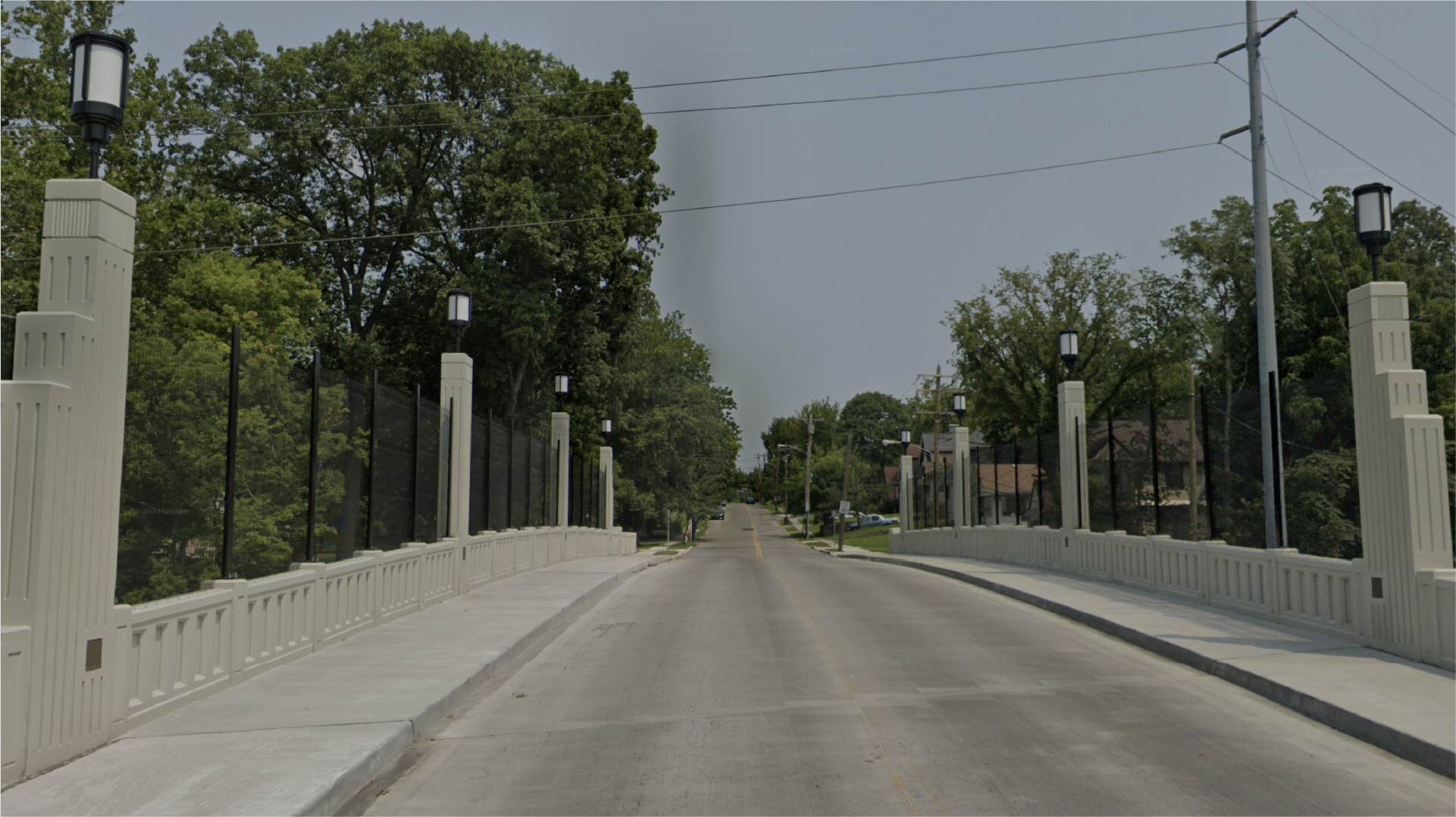
ELDERS SERIES
Jeanette Bronson
Jeanette Bronson and her husband, Charles, moved to the neighborhood around 1965, a time when the racial balance was changing in the neighborhood. Kennedy Heights was one of 5 neighborhoods that the Coalition of Neighborhoods was helping to stabilize as integrated communities.
Soon, the KH Montessori Preschool Nursery was a major focus of her attention. It was a key source of community pride and involvement and it gave parents a sense of control in their neighborhood.
Later Jeanette became active in community council and chaired the education committee that focused its attention on Kennedy school. Available resources were limited; many community people were involved in helping to make changes.
There was no library at the school. Many people helped to organize a library, including Stacia Sillett, Mary Wolfe, Cecelia Holm, Ernestine Jackson, and Joan Rail. They collected donated books and staffed the library. Mary Wolfe was often there every day. Mary and her husband Jim were prime movers in getting people involved in the community.
The community council and its education committee were very active in advocating for the new Woodford School, built in 1975-76, to replace the old Kennedy school.
Another effort made possible by KHCC was CHART, a program that trained citizens to be advocates for their community. It was valuable in helping people become active. Jeanette, along with others, felt a benefit of increased confidence and sense of empowerment that has continued throughout her life.
When Cincinnati Public Schools decided to not offer kindergarten due to budget problems, Jeanette and Joan and others volunteered to teach kindergarten at the Baptist church. The next school year CPS again offered kindergarten and later it became a state mandate.
In the early 1970s, the NAACP recruited the Bronsons, and 13 other families to bring a class action desegregation lawsuit against the Cincinnati Public Schools in an effort to gain equal access to quality education in all communities. The Bronsons agreed to have their name listed as the plaintiff in Bronson vs. the Board of Education. At the time, the group didn’t realize the impact that the lawsuit would have in the community and the city. As part of the settlement of the lawsuit magnet schools were created in an effort to desegregate Cincinnati Public Schools and they continue to play a role in the effort to create diverse school communities.
Jeanette grew up in a segregated neighborhood and wanted her children to have a different experience. She said at first, living in the neighborhood felt like it was ‘us’ and ‘them’, but after her family became involved in community activities, it changed to ‘us being part of a community’. “My children grew up feeling accepted as valued members of a caring community. As adults, they have an appreciation of Kennedy Heights and value their experiences growing up in an integrated neighborhood.” Jeanette describes the neighborhood as a place where people reach out and help each other. She likes the older, well-built homes and parks that make it an attractive area to live in.
When asked what she would suggest to someone moving to KH, her answer is “get involved, when things are offered, attend, see what it’s about, and reach out to your neighbors”. She encourages more of the African-American community to get involved in community activities.

